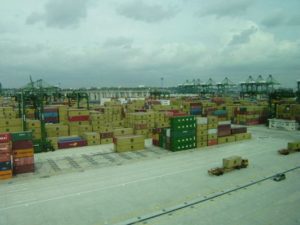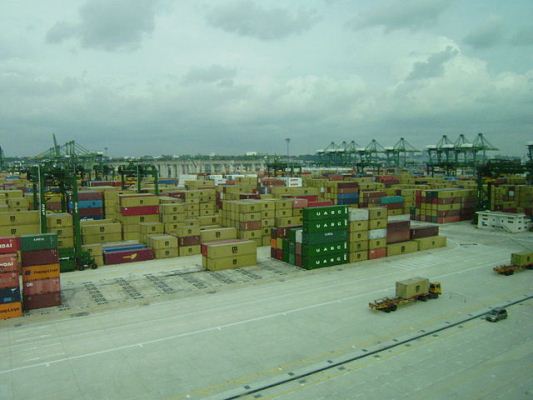 To sustain Singapore’s standing as a global maritime hub, the International Maritime Centre (IMC) 2030 Advisory Committee is calling on the maritime sector to prepare for the shift from physical to virtual flows by strengthening connectivity, innovation, and talent.
To sustain Singapore’s standing as a global maritime hub, the International Maritime Centre (IMC) 2030 Advisory Committee is calling on the maritime sector to prepare for the shift from physical to virtual flows by strengthening connectivity, innovation, and talent.
The call is contained in the IMC 2030 Strategic Review report submitted to the Singapore government by the committee, created by the Maritime and Port Authority of Singapore in August 2016 to review Singapore’s maritime development strategy and identify new growth areas to enhance long-term competitiveness.
The committee is chaired by Andreas Sohmen-Pao and comprises 21 other global business leaders and experts from diverse sectors such as maritime, finance, commodities trading, logistics, finance, and technology.
Sohmen-Pao said, “The successful growth of Singapore’s maritime sector over the past decade has been founded on a clear strategy, effective implementation, and strong alignment between the government and the maritime community. These factors are even more relevant at a time where the outlook is less certain and where the emphasis is shifting from physical to virtual flows.”
He added, “The Committee’s vision for Maritime Singapore is centered on strengthening existing clusters of maritime and related activities and creating new ones around Connectivity, Innovation and Talent.”
On innovation, the committee said, “Singapore can further widen and deepen its IMC cluster by harnessing both physical and non-physical trade flows. To reinforce the network effects, Singapore will need to strengthen the inter-linkages.”
It suggests boosting the Singapore IMC cluster by further entrenching maritime players in Singapore and broadening the depth and range of activities, including possible co-location of existing and new maritime-related activities.
Innovation entails developing future capabilities and solutions that build on emerging technologies, such as autonomous systems, robotics, data analytics, and artificial intelligence. The committee supported the need for an environment that would catalyze innovation, such as the MPA Living Lab, as well as a closer alignment of public and private sector R&D efforts.
The committee likewise proposes that Singapore continue building a future-ready workforce with relevant skills and a global mindset that anticipates the future needs of the industry.
The committee’s vision is underpinned by five key strategies: expand and deepen the maritime cluster; strengthen inter-linkages and network effects; develop a vibrant maritime innovation ecosystem and promote digitalization; develop a multi-skilled maritime workforce with a global mindset; and establish Singapore as a global maritime standard bearer.
Moreover, the committee sees the next-generation port at Tuas as playing a key role in attracting key shipping players and driving physical trade flows.
“Singapore should therefore continue to invest in new port capacity and future capabilities,” it said.
Going forward, Singapore’s IMC can benefit from the growth of Asia and other emerging markets, new industry opportunities, and technological developments, it added.
Senior Minister of State for Ministry of Transport and Ministry of Health Lam Pin Min said, “The IMC 2030 Advisory Committee has issued a clear call for Maritime Singapore to take bold steps to strengthen Singapore’s position as a global maritime hub. We will continue to build upon this close partnership between the Government and the industry.”
Photo: Rifleman 82





